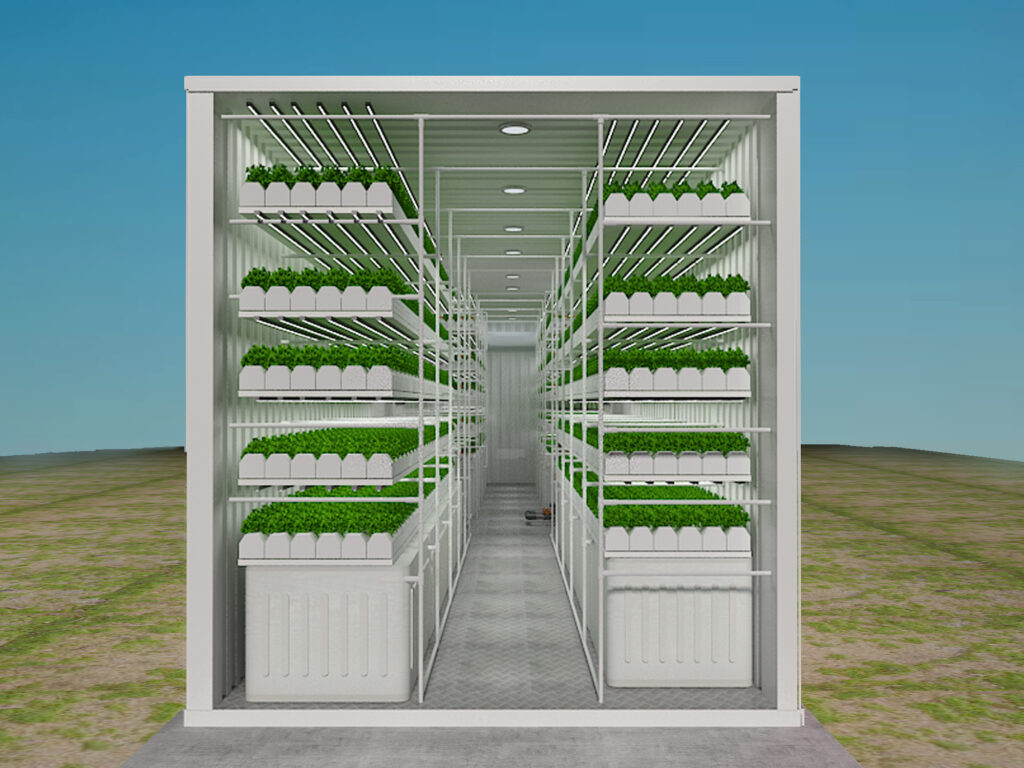The agricultural sector wills face many new challenges to feed a world population which, according to the Food and Agriculture Organization of the United Nations (FAO), should reach 9.6 billion people by 2050.
So what is the solution? Welcome to the agriculture of tomorrow: smart agriculture. This issue examines how high-tech farming techniques and technologies can help increase yields while limiting costs and conserving our resources. We interviewed various experts from companies specializing in agricultural equipment, UN leaders and standardization professionals from around the world, in areas ranging from climate-smart agriculture to cocoa and sustainably produced nutritional dairy products.
However, smart farming system goes beyond these appreciations. Sustainable farming increasing agricultural productivity and incomes, adapting and building resilience to climate change, as well as reducing greenhouse gases can be the priority objectives of agriculture today and in the future.

Starting from smart agriculture
Making smart decisions requires the necessary resources. As experts in technologies for agriculture. It firmly believes in the advantages of betting on smart agriculture. We have observed how hundreds of professionals have gone from traditional agriculture to modern agriculture, and we have seen closely the transition towards overcoming their main challenges.
Perhaps some managers of farm purchases, as well as other professionals, have already considered modernizing their farms, knowing the options they have, controlling the needs of their Container Farm in real time, but they do not know very well how to do it. This is where consulting makes sense.
The reality is that smart agriculture brings with it the application of ICT solutions in the cultivation process. Similarly, its relationship with precision agriculture, remote sensing, geo-positioning systems, big data, drones, satellites, and a host of tools is undeniable.
The contribution of smart agriculture
Imagine for a moment that you are agricultural producers who have difficulties in managing the intra-parcel variability that arises because of the diversity of soil properties, microclimates, different pathogens, etc.
The answer to this problem or need arises under the name of intelligent agriculture, a concept that puts the focus on the existence of variability with which one works in the activities of the field , as well as on the technological advances in information to obtain the results. It include the Walk-in Growth Chamber
Now, you know that smart agriculture can be the main help to combat this problem, but how does it really do it? In this example, it is worth Grow Chambers, a tool that takes account as the basis of all crops. For this reason, it has been designed to identify the most appropriate terrain, as well as to detect the different types of soils on your farms. The smart agriculture system also focus on the Freight Farm
Conclusion.
In one sentence: smart agriculture presents a real opportunity to increase agricultural sustainability and productivity, as well as to build on the efficient and precise use of natural resources. According to industry sources, “although in the United States between 20 and 80% of the agricultural community uses this type of solution, in Europe it is estimated that only between 0 and 24% use them."




Comments